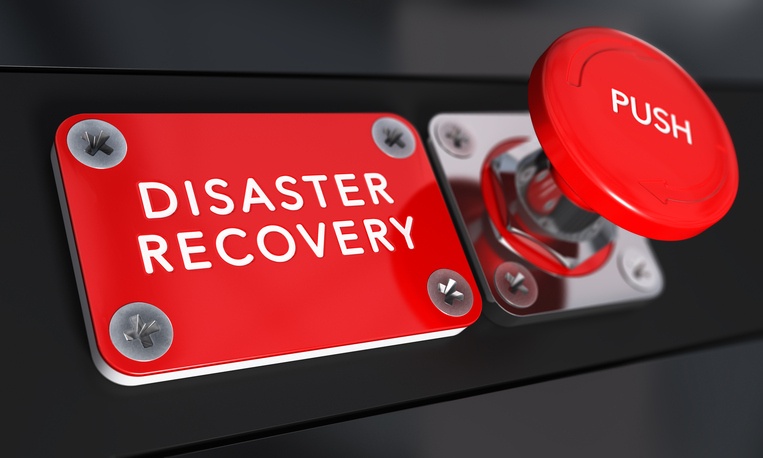2017 Predictions for Operational Resilience Technology
 Operational resilience is always evolving, particularly as it becomes increasingly enmeshed with technology. And as technology advances, organizations like yours only stand to benefit from new innovations for coping with and recovering from all types of crises.
Operational resilience is always evolving, particularly as it becomes increasingly enmeshed with technology. And as technology advances, organizations like yours only stand to benefit from new innovations for coping with and recovering from all types of crises.
Today, we’re taking a look at some of our 2017 predictions for operational resilience systems:
1. Technology will begin to better account for human error.
Many crises can be initiated or made worse by good old-fashioned human error. Take for instance the growing threat of ransomware, a new technique that cyber thieves use to extort money from an organization. Ransomware is a virus that prevents users from accessing their networks or systems until they pay a ransom. According to BBC News, the use of ransomware is growing at an astounding rate worldwide.
Ransomware is distributed via fraudulent emails, and cybercriminals are becoming increasingly sophisticated in their techniques. However, they are still relying on human error—because it takes just one employee to accidentally open a phishing email and compromise an entire organization.
That’s why in 2017 and beyond, operational resilience technology needs to do a better job of accounting for human error. Of course, businesses need to ensure that they have redundant systems and strong firewalls in place; however, they also need to provide their employees with access to step-by-step protocols, actionable content and easy-to-use crisis plans to ensure they know what to do when faced with a potential emergency situation.
2. Companies will start taking emergency communications more seriously.
As the gravity and number of potential business-impacting events increase, organizations need to incorporate operational resilience technology that can actually make a difference. One key way is through improved crisis communications: When an emergency strikes, a business should have a system in place that allows for instant, real-time communication among all affected stakeholders. This helps to protect employees from physical harm, minimizes damage to facilities and other physical assets, and can mitigate the impact of IT outages, data breaches and related issues.
For example, consider the fact that more organizations are hit with data breaches every year. These crises can have wide-reaching impacts, including lost revenue, IT outages, lost productivity, a damaged reputation and unhappy customers. A data breach requires quick and decisive action, which can be greatly helped with real-time communication capabilities. Yet 14 percent of organizations have no emergency communications plan in place.
We expect more organizations to adopt this type of technology in 2017, as fast-moving crises like data breaches only continue to become more frequent.
3. Cloud-based disaster recovery will evolve.
Cloud-based disaster recovery is gaining momentum as a convenient and cost-effective alternative to traditional disaster recovery (DR) efforts. However, some providers don’t account for some of the very real challenges of cloud-based DR, such as accessing data in the event of a network failure.
Enter disaster recover as a service (DRaaS), which involves more of an effort to account for such limitations. For example, DRaaS providers help organizations to recover their data and create redundancies using physical hardware to prepare for crisis situations. By using this type of hybrid approach, businesses can enjoy the ease of use of cloud-based DR data, while also resting assured that their plans will be available at any time.
4. Mobile adoption will increase.
As operational resilience technology continues to evolve, companies are seeing a need for improved mobility of crisis communication, disaster recovery, workplace safety and other relevant tasks. For many, mobile crisis management apps meets those needs.
Using a mobile app platform, an organization can quickly and easily create new crisis plans, or upload existing ones, which are stored in the cloud. All authorized users have instant access to relevant planning documents, contact lists, flow charts, maps and other important information, using an app on their smartphone or tablet. Information can even be downloaded to a user’s device to ensure it is available at all times, even if cell service or the organization’s network fails.
A mobile app operationalizes crisis plans, making them more accessible and actionable. It also puts all employees within easy reach of each other, and allows your crisis team to push notifications and updates to all relevant stakeholders as an emergency evolves. As a result, your employees are better equipped to respond to and recover from a crisis, ensuring that the organization is more resilient than ever.











